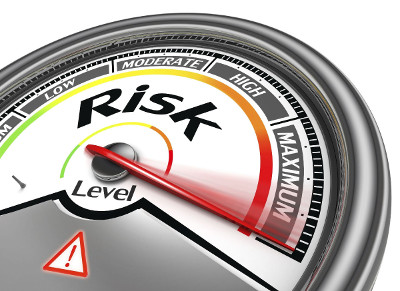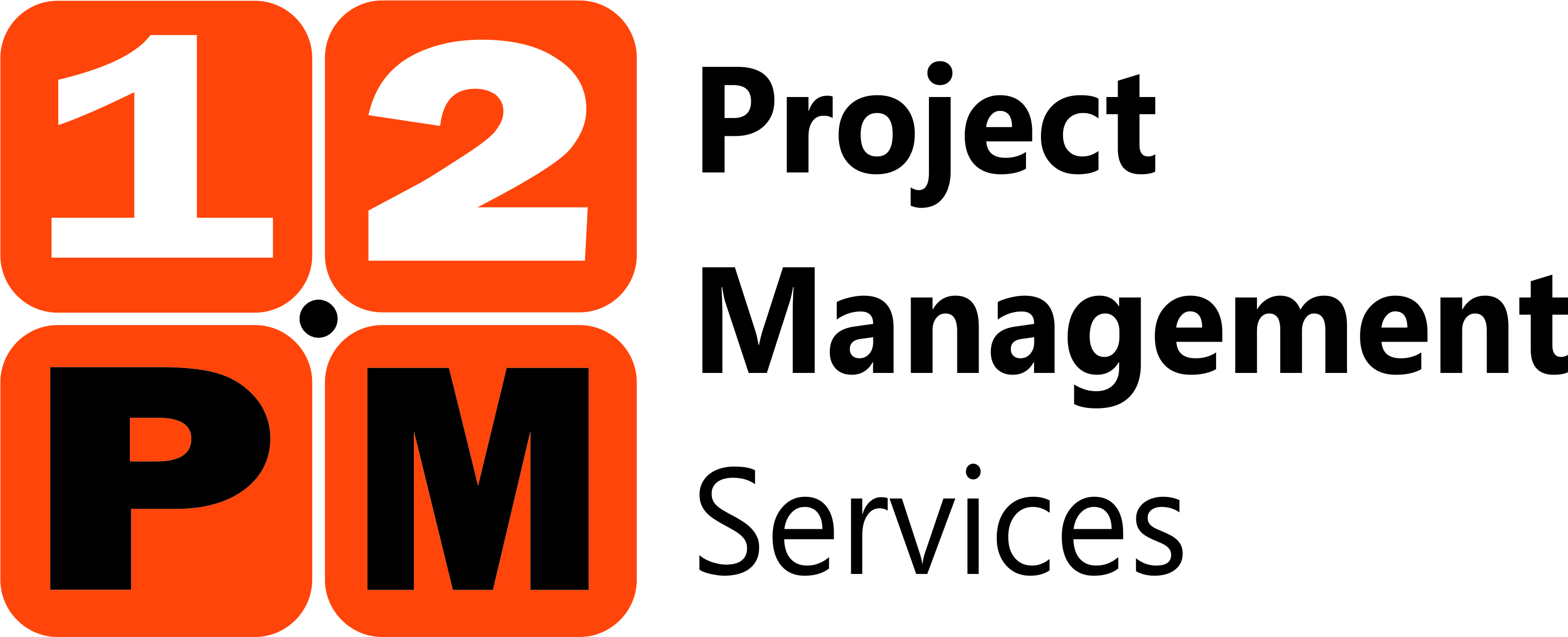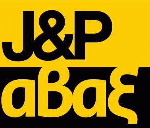Having worked in oil and gas Megaprojects, Francesca Bodini identifies two major obstacles to develop robust and reliable Risk Models. Combination of effort with cost is the first; over reliance on personal ability to revert from ill going projects, is the second.
Although scientific literature presents many different definitions of Megaprojects, they all tend to agree that Megaprojects are characterized by their size and cost. Subsequently, initiatives like these incorporate higher levels of complexity and hence associated risks.
The author recognises that in oil and gas projects there is an amplitude of risks, many of which are external, impose a higher management difficulty to the project management team and can have a huge impact even if they are controlled.
Literature and common practice recognize that risk management is one of the key success factors, irrelative to the project size and the business nature. Based on personal experience and findings of other researchers, the author pinpoints that in oil and gas industry, the effects of proper risk management are intangible, and the effort required proportional to the size of the initiative. The situation can deteriorate even more, in case the senior management has the perception that a derailed project can be brought back to the original baseline.
In order to overcome such impediments, the author proposes few guidelines:
- Develop a simplified risk model and build it upon the Monte Carlo analysis, either on cost or on budget. Use it, to gain an indication of the estimated finish date or projected finances, but restrain from using excessive information.
- Maintain a collective method regarding inputs to the risk model; achieve this, via workshops where all different/competing project discipline specialities are represented.
- Do not focus on the result of the model’s simulation, but rather on the value of the process itself as a shared risk management process and a decision-making enabler.
- Concentrate on the final stages, where responses must be planned and decided. As soon as this completes, run a new risk identification to uncover potential new risks. One recommendation in this step involves the development of two scenarios, pre-mitigation and post-mitigation. Use them as a mean of evaluation. The pre-mitigation scenario has all the data that will be implemented during the response period. The post-mitigation, is also developed before the execution of the response activities, but takes into consideration the expected results. Repeat the risk analysis after the implementation of the response. If the results of the two scenarios, pre and post, are close then the planned response was implemented effectively.
- Use the model as way to challenge the stakeholders and mostly the contractors. Speaking of her experiences in the oil and gas business, the author recognises them as a great factor for their alignment to the view of the organisation undertaking the project.
Closing her article, Francesca intensifies the need for the project manager to build trust around the risk management process via few hints: keep it simple, make it available to all disciplines involved, run it frequently, maintain high-level information, keep concentrated towards its last stages, plan and follow the mitigation approaches and keep challenging the contractors.
References
Bodini , F., 2018. projectmanagement.com/. [Online]
Available at: https://www.projectmanagement.com/articles/456317/How-to-Build-Sound-and-Trustworthy-Risk-Models–Winning-the-Reluctance-to-Risk-Management-in-Megaprojects




